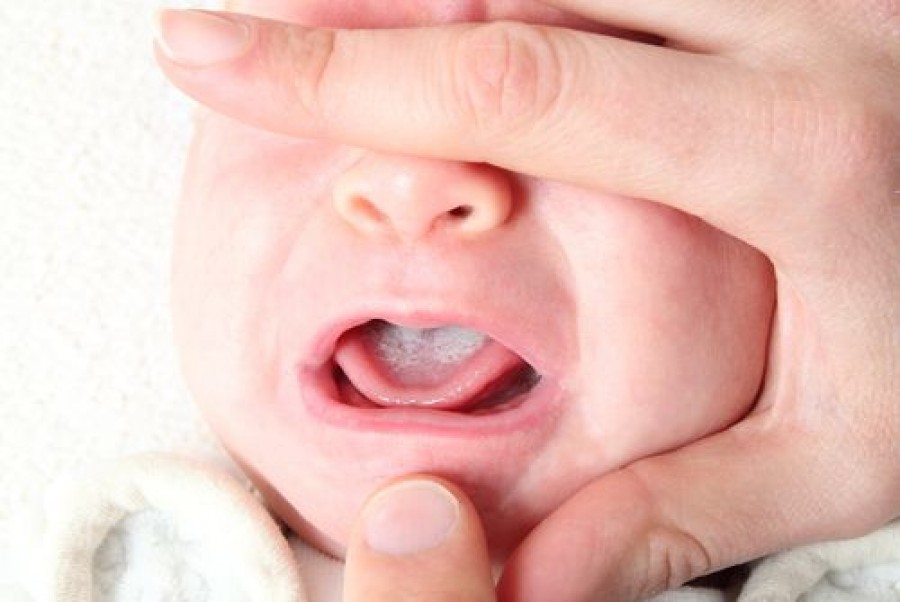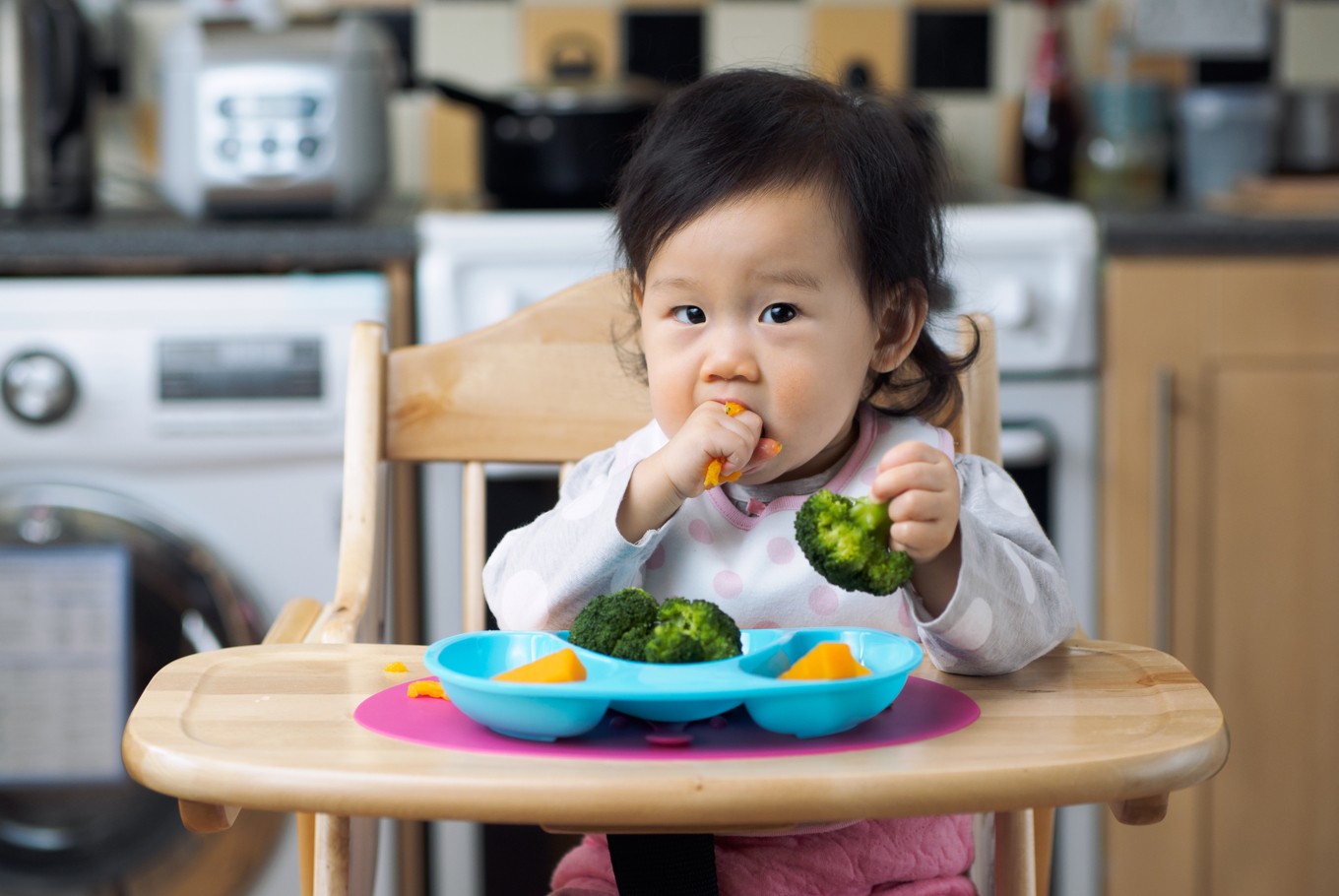Photo source: Asian Scientist Magazine
Your kid’s discomfort from gas (often at night) is a common concern for most families as approximately 70% of all kids are affected by bloating stomach at some point in their lives. Gas bubbles can create painful pressure when they become trapped in your child’s still-maturing digestive tract. Because both the causes and symptoms of gas discomfort vary from child to child, it can be challenging to remedy the problem and adequately soothe your little ones.
What You Need To Know About Bloating:
- Colic & gas is hardly avoidable
- The many causes and symptoms of gas in babies
- There is no get rid of accumulating gas 100% of the time but there are ways to lower the chance of gassy stomach.
What causes bloating in children?

Photo source: Beyond organic baby
Gas accumulation in baby’s stomach are often caused by swallowing air due to excessive crying, or incorrect feeding posture using feeding bottle. As baby’s digestive tract are less developed than adults, they are unable to expel the gas from their stomach effectively and thus leading to bloating.
Another reason could be due to the inability to digest their food effectively, this usually occurs when they are introduced to a new solid food or milk within a short period of time. As younger kid’s digestive tracts are less mature than older toddlers, they may require more time to familiarize to a new food.
The last common reason could be because of gastrointestinal virus. Sometimes a virus causes stomach problems, such as gas, vomiting, and diarrhea. If you suspect your child could be having gassy stomach due to virus infection, please seek medical consultation from your pediatrician
Home Remedies

Photo source: Medium
There are several simple methods and home remedies that can be applied to relieve gas accumulation:
- Moving their legs in a circle
- Raising their head
- Massaging their belly
- Burping them
- Give your baby probiotic supplements (choose brands that must be safe for infants)
How Does Diet Affects Your Child’s Digestive Tracts?

Photo source: FirstCry Parenting
Introducing a new solid food is often the most common cause of bloating in young children. We recommend parents to keep a food log and document every subtle change their baby has towards every food. Every child react to food differently, so it is important that parents know what causes bloating to their own baby. Certain foods are known to be more likely to cause gas accumulation:
- Fiber-rich vegetables such as broccoli and lettuce.
- Fruits that are high in fructose
- Whole grain such as barley and oat bran.
- Dairy products with high lactose.
Should You Avoid Giving Your Child These Foods?
Absolutely not, foods like veggies and fruits contain more pros than cons as they contain high vitamins and minerals. The good news is that the older your baby gets, the more developed their digestive system is which means that they are less likely to get indigestion symptoms the older they get.
Parents should only consider stopping the aforementioned food group if it causes severe bloating issues.
Choosing The Right Formula Milk

Photo source: FirstCry Parenting
Dairy product such as milk may also cause children to develop gassy stomach. This could be due to two things, milk sugar (lactose) or milk fat. Lactose and milk fat are important for young children as they provide energy for growth, however some kids are just not able to digest lactose well.
For children who are severely sensitive to lactose, they can choose to consume lactose free milk such as soy milk or rice milk. However, if they having mild intolerance towards milk sugar, parents can consider taking goat milk formula instead as it contains lesser lactose compare to other animal milk such as cow milk and sheep milk.







